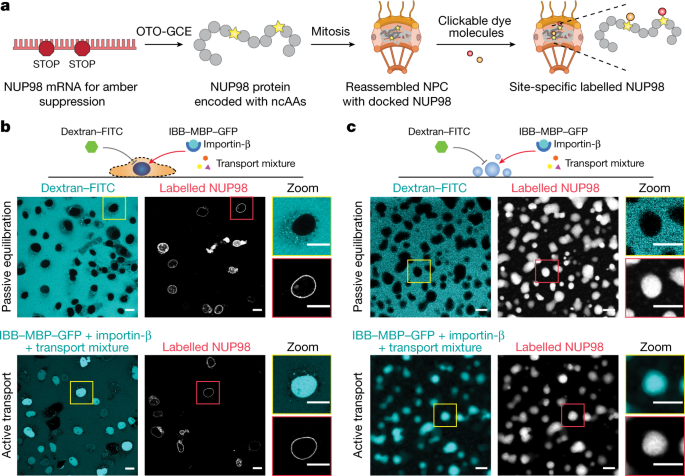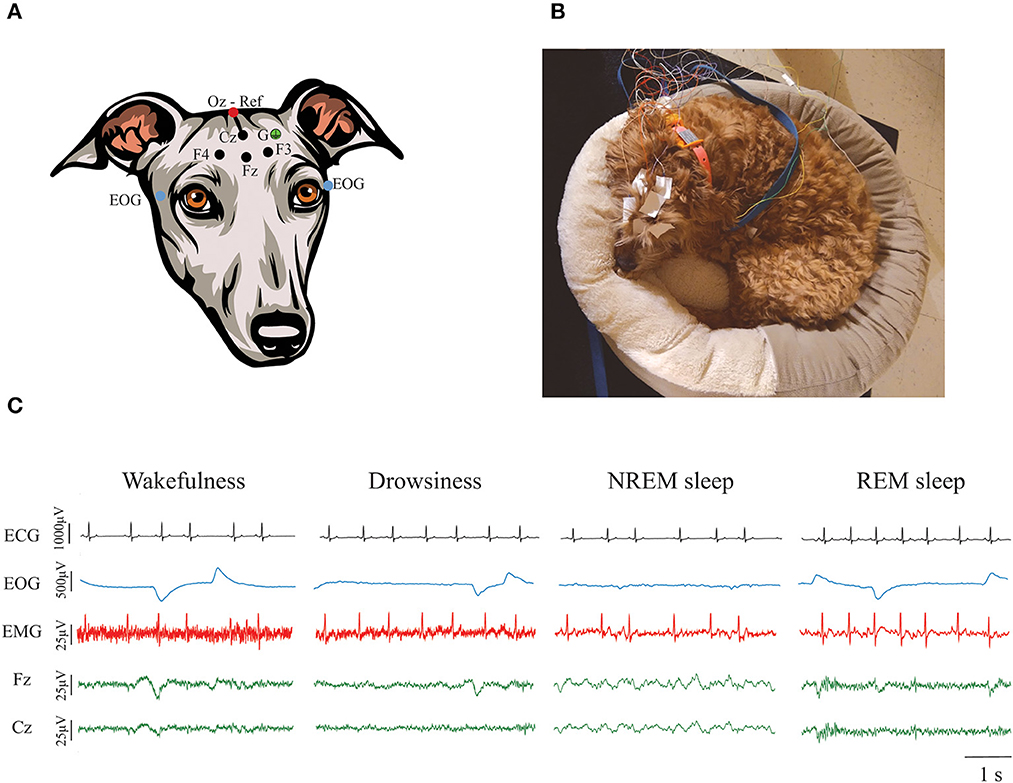2023-04-28 デューク大学(Duke)
この発見は、生物化学に対する研究者の考え方を変え、地球上の最初の生命がどのようにして誕生に必要なエネルギーを利用したかを解明する可能性があります。
これまでは、膜は電気的な不均衡を作り出すのに不可欠な要素であると考えられていました。研究チームの基礎的な発見は、そうでない可能性を示唆しています。
<関連情報>
- https://pratt.duke.edu/about/news/previously-unknown-intracellular-electricity-may-power-biology
- https://www.cell.com/chem/fulltext/S2451-9294(23)00153-5
生体分子凝縮体の界面が酸化還元反応を制御する Interface of biomolecular condensates modulates redox reactions
Yifan Dai,Christian F. Chamberlayne,Marco S. Messina,Christopher J. Chang,Richard N. Zare,Lingchong You,Ashutosh Chilkoti
Chem Published:April 28, 2023
DOI:https://doi.org/10.1016/j.chempr.2023.04.001

Highlights
•Phase transition of biomacromolecules can result in an ion density gradient
•The interface of biomolecular condensates possesses an electric potential
•Interfacial electric field can drive redox reactions
Summary
Biomolecular condensates mediate diverse cellular processes. The density-transition process of condensate formation results in the selective partitioning of molecules, which defines a distinct chemical environment within the condensates. However, the fundamental features of the chemical environment and the mechanisms by which such an environment can contribute to condensate functions have not been revealed. Here, we report that an electric potential gradient, thereby an electric field, is established at the liquid-liquid interface between the condensate and the bulk environment as a result of the density transition of ions and molecules brought about by phase separation. We find that the interface of condensates can drive spontaneous redox reactions in vitro and in living cells. Our results uncover a fundamental physicochemical property of the interface of condensates and the mechanism by which the interface can modulate biochemical activities.


